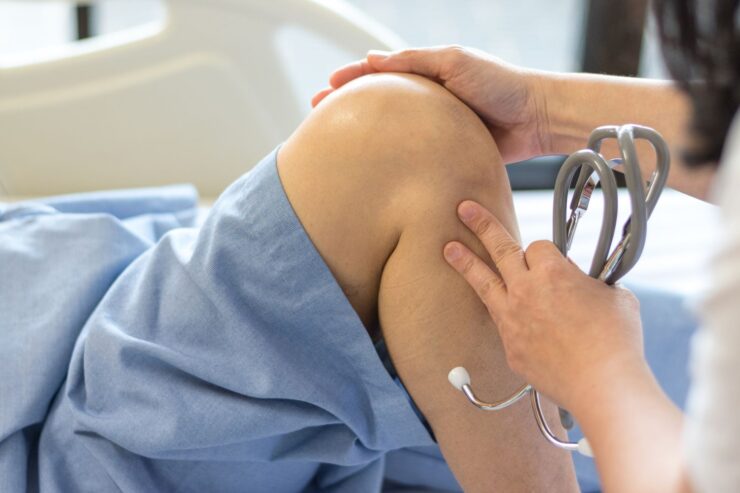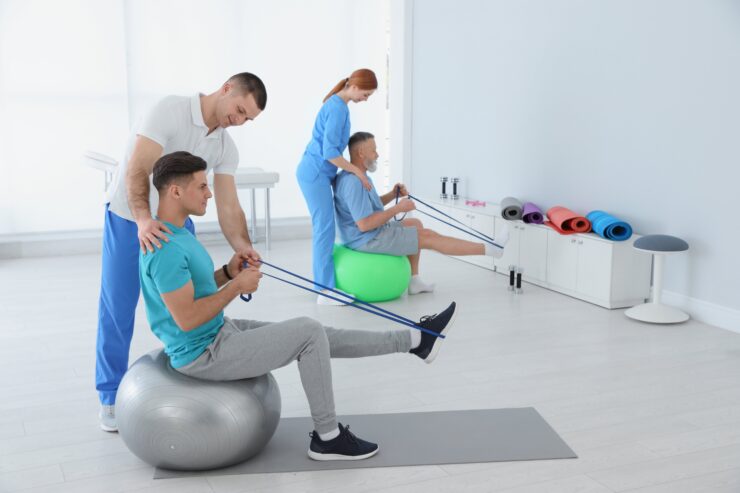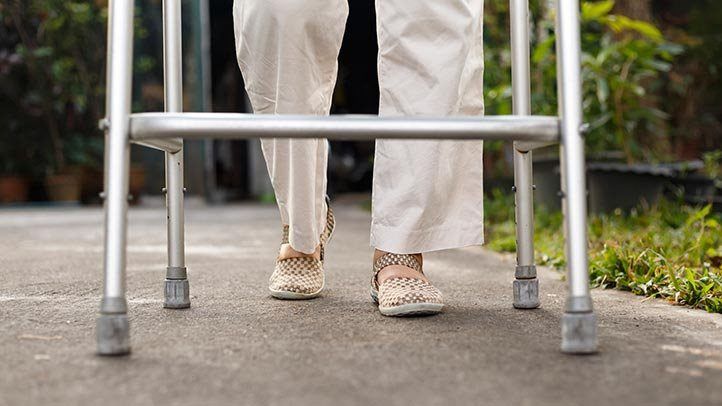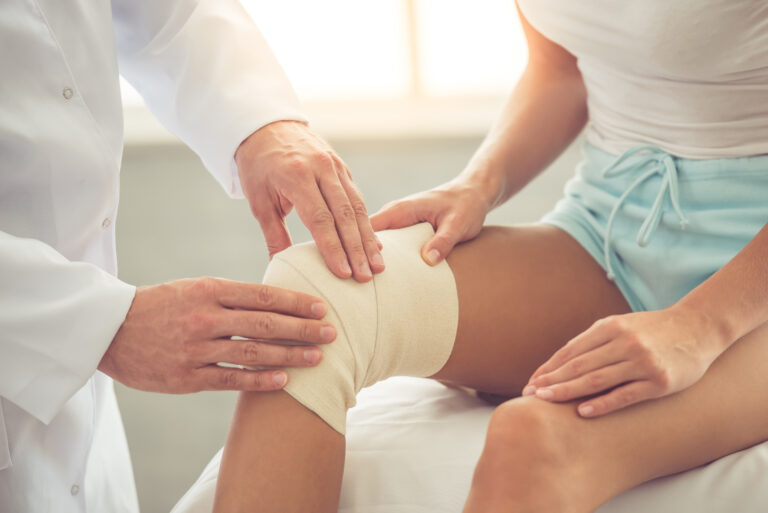As we step forward into the world, our knees often bear the brunt of our motion, acting as a robust hinge that keeps us moving. For people suffering from knee issues, such as arthritis or injury, everyday mobility can turn into an agonizing challenge. Knee replacement surgery emerges as a beacon of hope for these individuals, offering them a chance to reclaim their active lives. The surgery substitutes the damaged parts of the knee with artificial components, relieving pain and restoring functionality. However, the journey doesn’t end in the operating room – it marks the beginning of the path towards recovery. This blog post will guide you through this essential phase, providing invaluable insights and practical tips to help you make the most of your new knee and step confidently into a pain-free future.
Preparing for Surgery

Preparation for knee replacement surgery is a crucial step that starts well before you step into the hospital. It’s a two-pronged approach, involving physical fitness and mental readiness. First, engage in light exercises to strengthen the muscles around your knee, following your healthcare provider’s guidance. This will prepare your body for the upcoming surgery and help facilitate a smoother recovery. If you want to avoid some of the most common mistakes people make after a knee replacement, please visit here. In continuation, let’s focus on the mental part of the game.
Mental preparation is equally important. Communicate openly with your healthcare team, asking any questions you may have about the procedure, the recovery process, and expected outcomes. Understanding your surgery can alleviate any fears or anxieties you might have and equip you with knowledge, which is a powerful tool in your recovery journey.
Post-Surgery Care at the Hospital
Following the surgery, you’ll spend some time at the hospital. This initial stage is paramount to monitor your vital signs, manage your pain, and begin early mobility exercises under expert supervision. Pain management will likely involve medication, and the staff will continually assess your comfort levels. Initial mobility exercises often start within 24 hours of the surgery to prevent blood clots and to promote healing. These might include simple ankle pumps or leg lifts, guided by a physiotherapist.
Rehabilitation and Physical Therapy

Once discharged, you’ll embark on a rehabilitation program tailored to your needs. Physical therapy plays a pivotal role in your recovery, helping you regain strength, mobility, and balance. It might seem challenging initially, but consistency is the key. Following your therapist’s instructions can expedite your recovery, reducing your time on assistive devices, and helping you return to your regular activities sooner.
Pain Management Strategies
Managing postoperative pain is vital to ensure your comfort and to aid in the recovery process. Your doctor will prescribe medications for pain relief, but additional methods such as ice packs and elevating your leg can also be effective. Alternative therapies like acupuncture or transcutaneous electrical nerve stimulation (TENS) might be useful for some individuals. Always consult with your healthcare provider before starting any new treatments.
Assisted Devices and Mobility Aids

In the early weeks following surgery, you may rely on assistive devices such as crutches, canes, or walkers. These aids provide stability and lessen the strain on your new knee as you gradually regain strength. Your physical therapist will guide you on proper usage and train you to transition from these devices to unassisted walking safely.
Home Environment Modifications
As you transition home, certain modifications can make your environment safer and more accessible. Clear pathways of clutter, secure loose rugs, and arrange your furniture to allow for easy mobility. These measures can prevent falls and promote a more conducive healing environment.
Nutrition and Hydration

Proper nutrition is an underpinning element of your recovery process. Consuming a balanced diet, replete with vitamins, minerals, and proteins, accelerates the body’s healing mechanisms, fortifies your immune system, and contributes to overall health. A good example includes lean meats, fish, and eggs for protein; fruits and vegetables for vitamins and minerals. Remember to include high-fiber foods to prevent constipation, often a side effect of certain pain medications. Hydration, which often doesn’t receive the emphasis it deserves, is equally critical. Consuming ample water aids in digestion, helps maintain body temperature, and supports cellular function.
Managing Swelling and Inflammation
In the aftermath of surgery, it’s common to encounter swelling. It’s crucial not to panic, but instead employ effective strategies like the application of ice, using compression bandages, and elevating your leg whenever possible. These techniques work to limit fluid accumulation in the surgical area, thereby controlling swelling. However, continuous or worsening swelling could signal complications, including infection or a blood clot. In such cases, it’s essential to contact your healthcare provider immediately.
Recognizing Warning Signs
The path to recovery after a knee replacement requires vigilance. It’s critical to recognize potential warning signs that could hint at complications. These may include symptoms like fever, increased or persistent pain unrelieved by pain medication, redness, warmth around the surgical area, or sudden swelling. For example, the redness could indicate an infection, while increased pain could suggest nerve damage or a blood clot. These are serious complications that require immediate medical intervention.
Emotional Support and Mental Health

Recovery from a knee replacement transcends the physical realm and significantly involves your mental and emotional well-being. It’s normal to experience feelings of frustration or anxiety during this period. The challenges of physical restrictions, changes in routine, and the overarching need for patience can weigh heavily on one’s psyche. To navigate this effectively, lean on your support system. Loved ones can offer much-needed encouragement and assistance during this challenging time. You might also consider joining support groups where you can share experiences with people who have walked a similar path.
Gradual Return to Activities

Once your recovery reaches a certain point, it’s time to gradually reintegrate daily activities and hobbies into your life. Embarking on this journey slowly and carefully is critical – the key is to listen to your body. Overexertion can potentially lead to setbacks in your recovery. So, start with low-impact activities like walking or swimming. Resuming these activities provides not only a refreshing change from the confines of recovery but also an important sense of normalcy.
Conclusion
Your knee replacement journey is like learning to walk again, taking one confident step at a time. Each part of the process, from preoperative preparation to post-surgery rehabilitation, plays an integral role in your overall recovery. Remember to keep the communication lines open with your healthcare team, follow their guidance, and celebrate your progress. Here’s to your successful recovery and to a future where you can step forward without pain.

